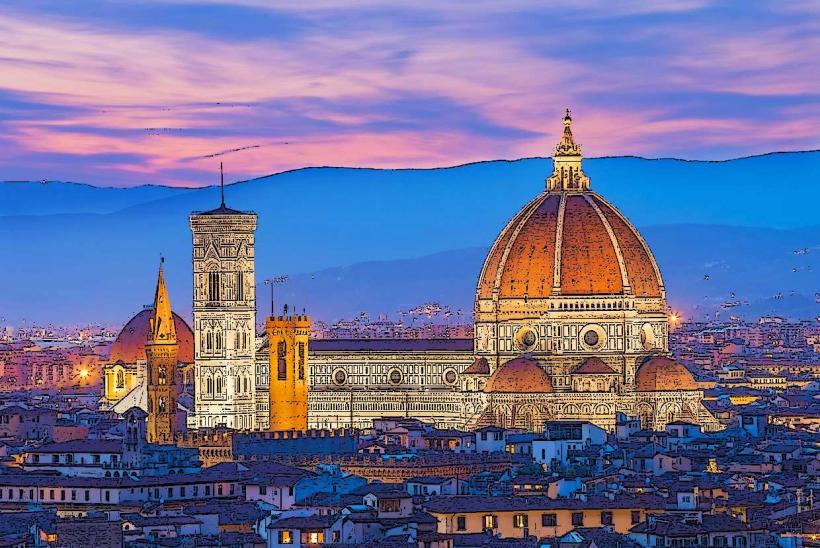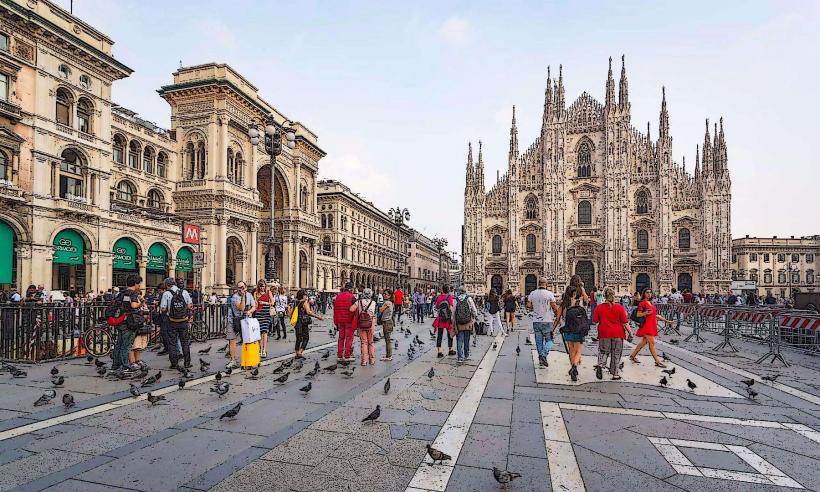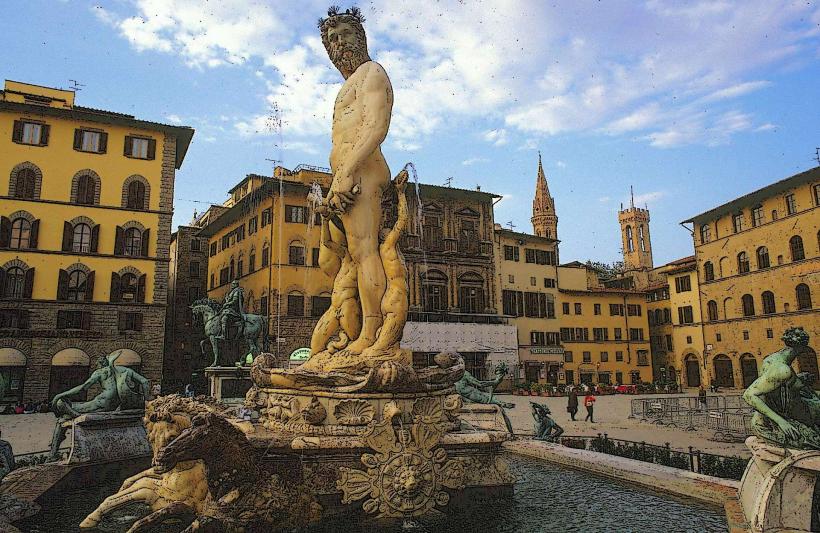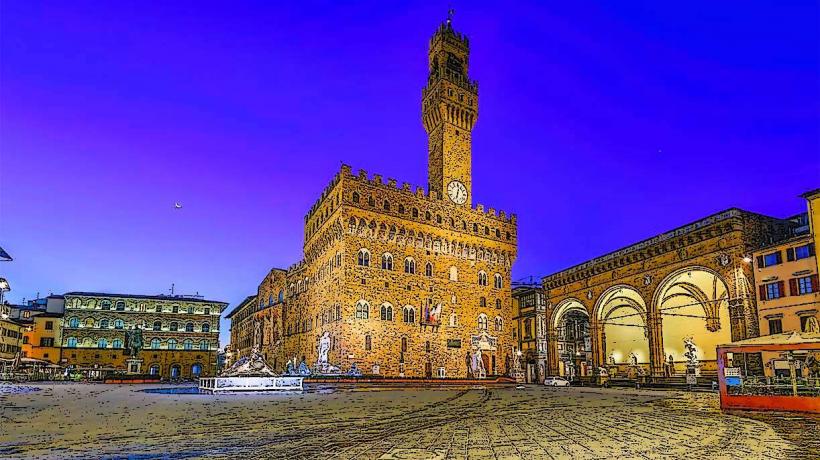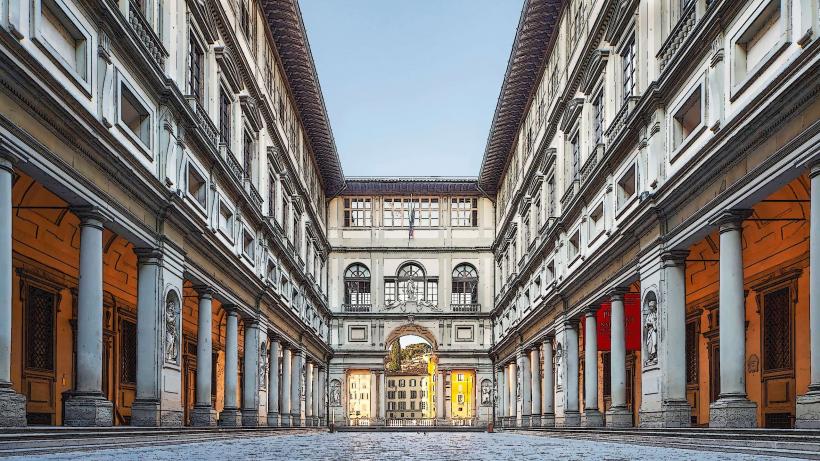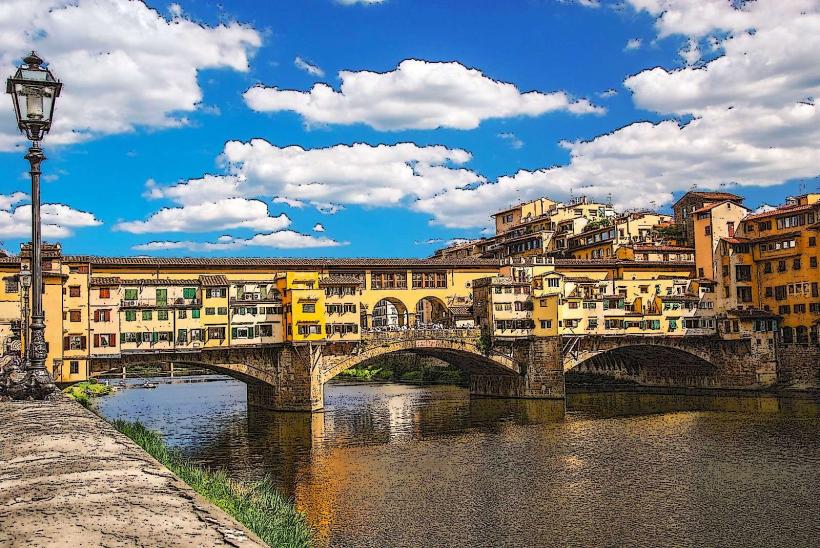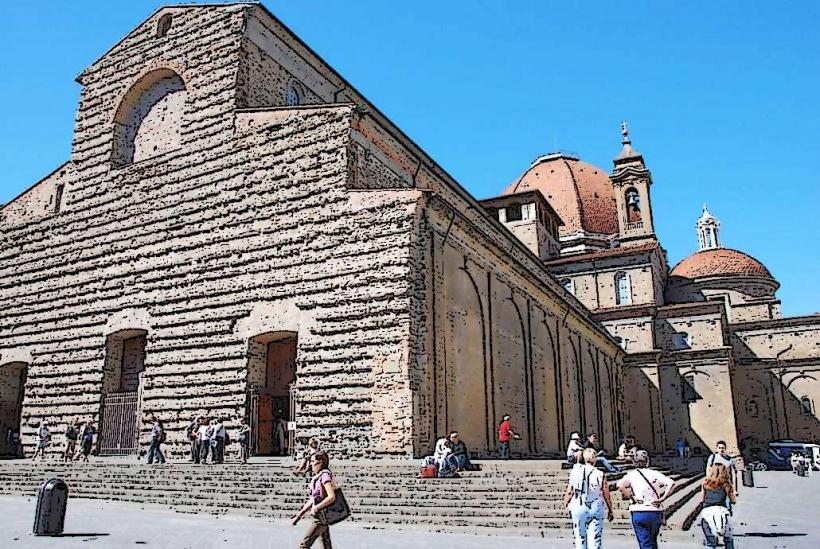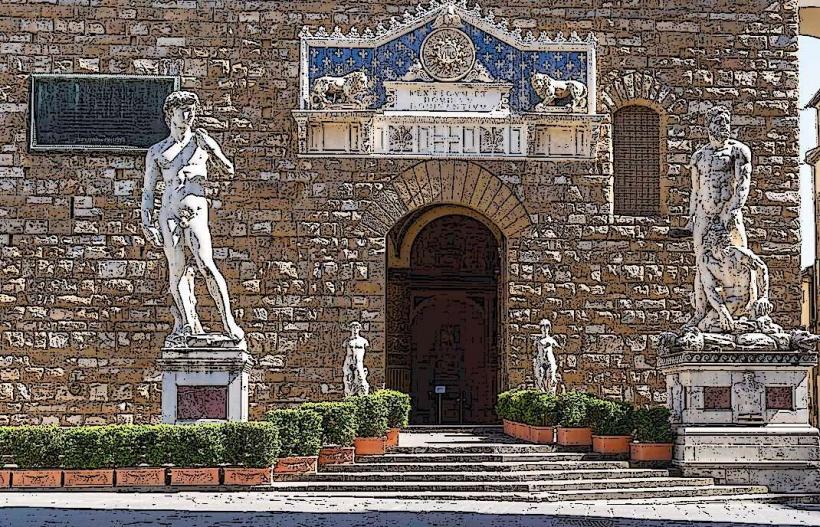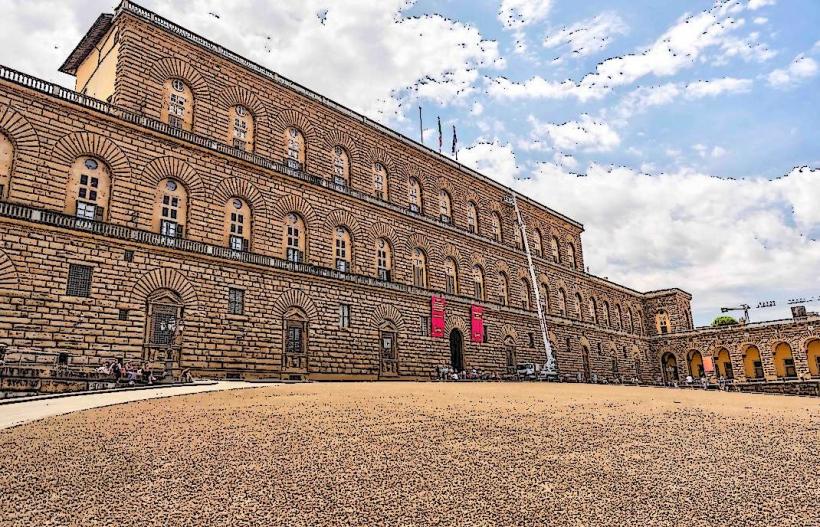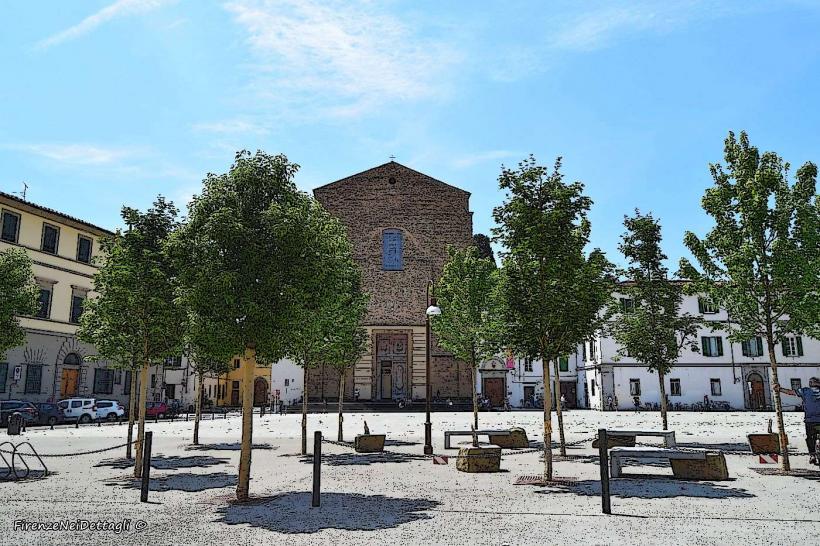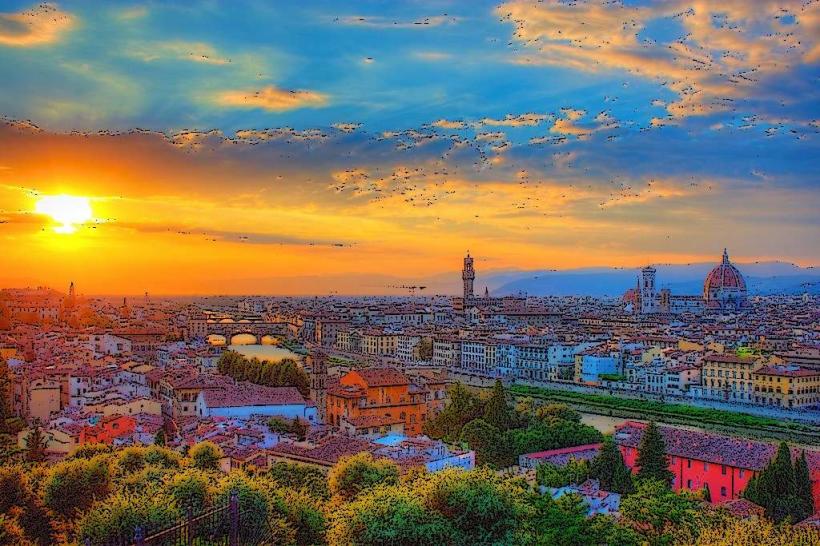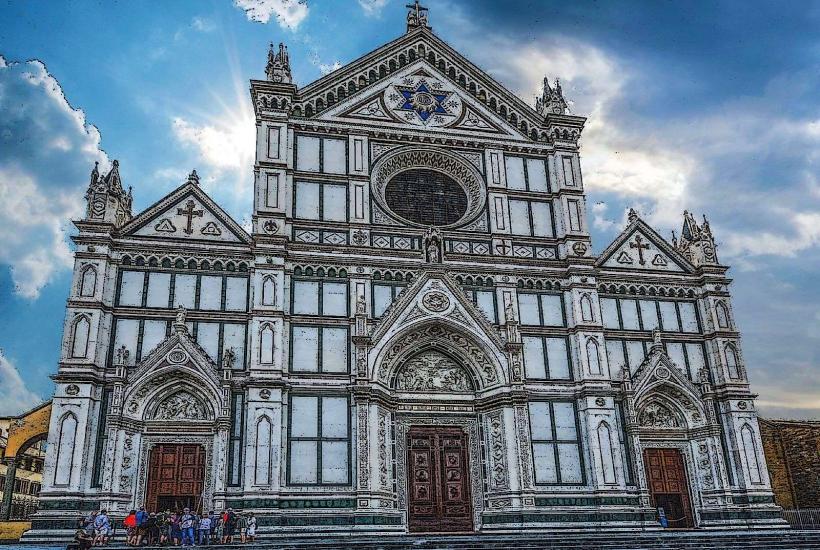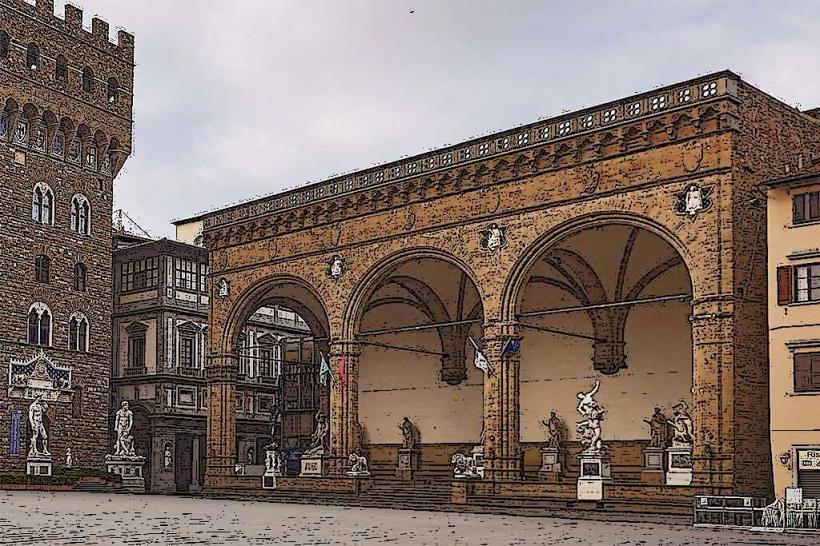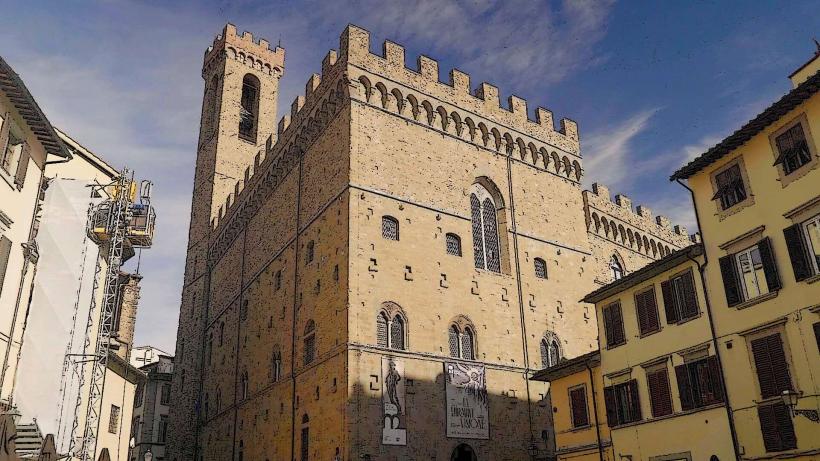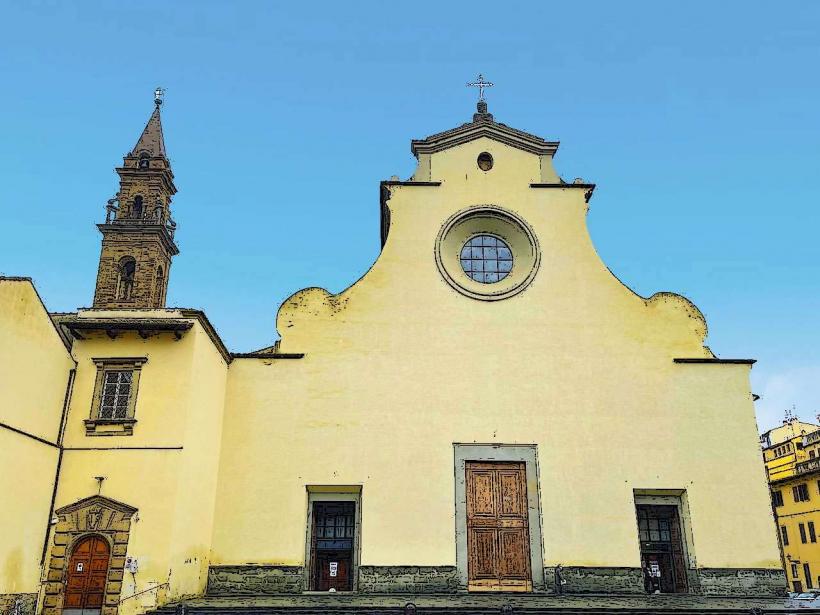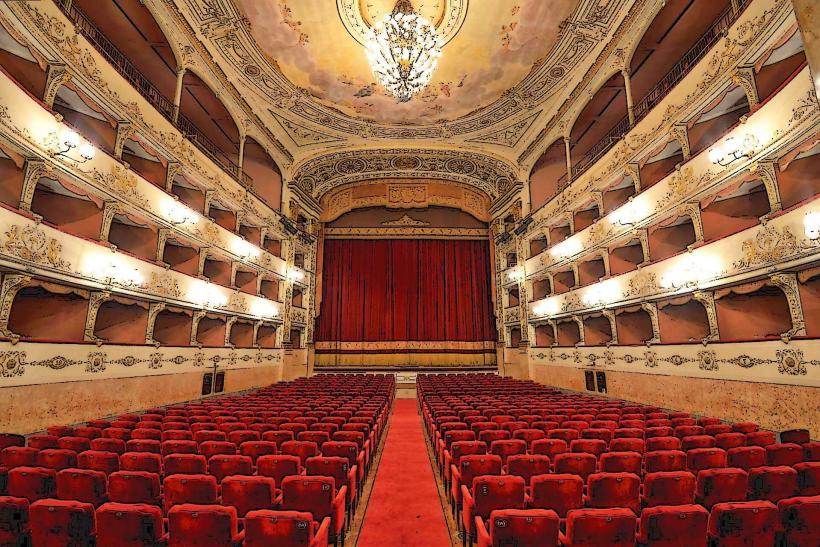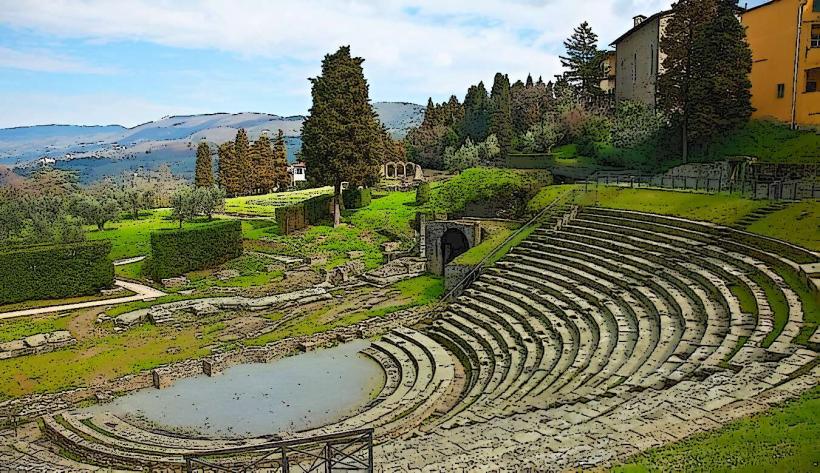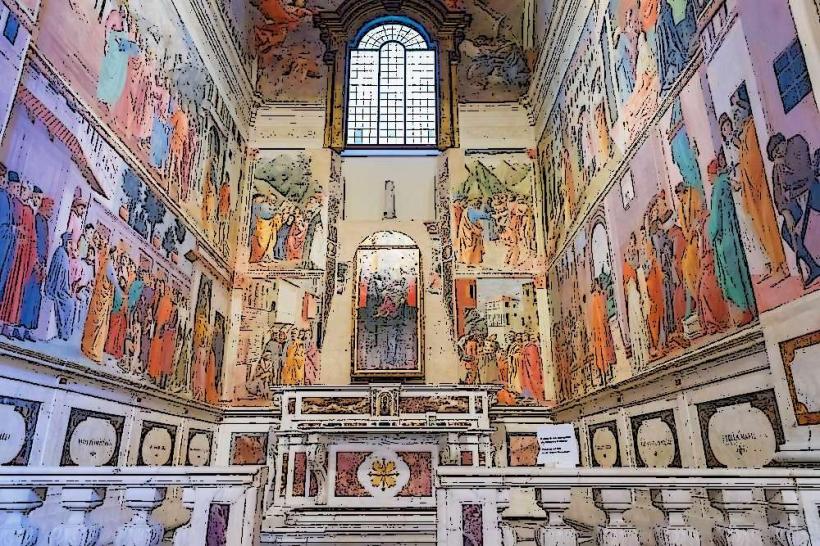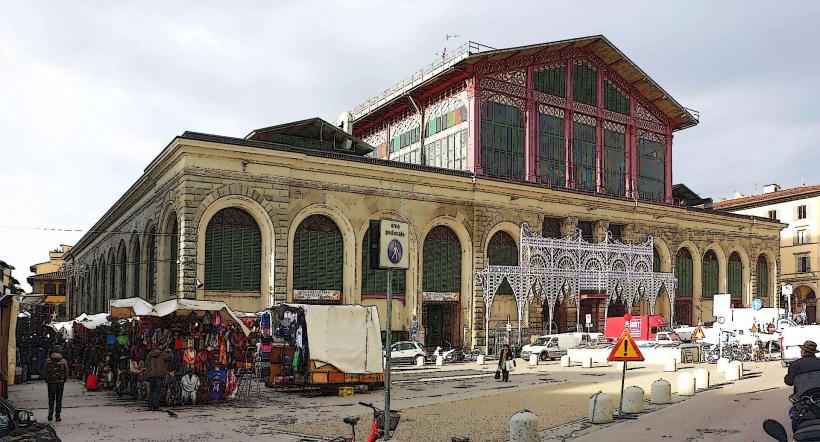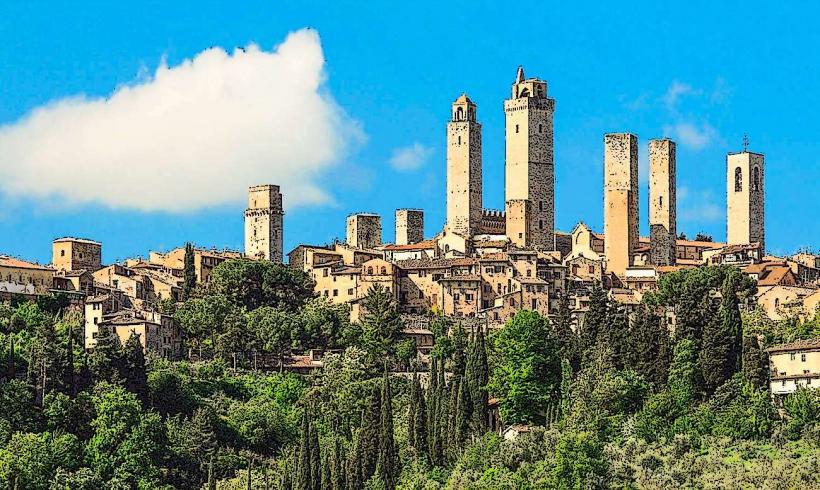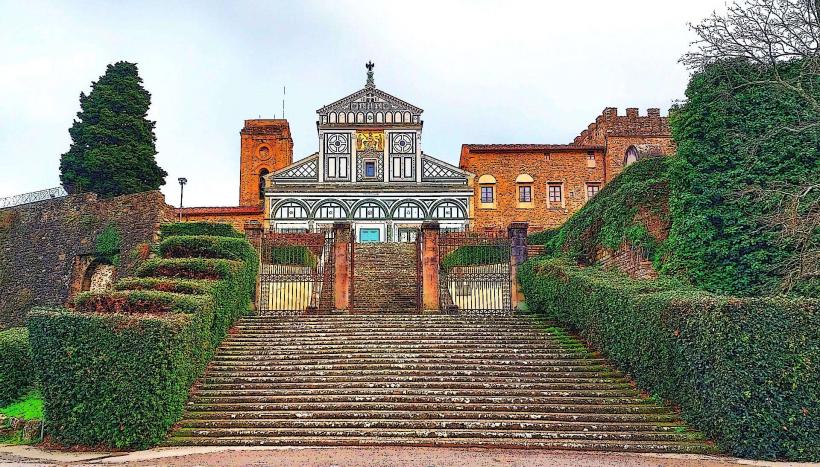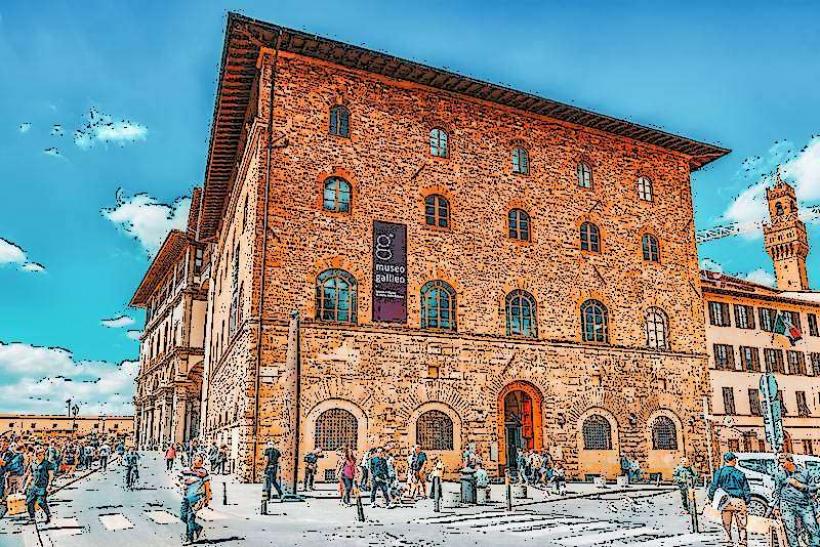Information
Landmark: Boboli GardensCity: Florence
Country: Italy
Continent: Europe
The Boboli Gardens (Giardino di Boboli) in Florence, Italy, are among the most beautiful and historic gardens in Europe. Created in the 16th century and later expanded, they cover approximately 111 acres behind the Pitti Palace, once the residence of the Medici family. The Boboli Gardens are celebrated for their grand design, integrating Renaissance landscaping, classical sculpture, and architectural elements to create an outdoor museum of art and nature.
1. Historical Background
Medici Origins: The gardens were established in 1549 when Eleanora di Toledo, wife of Cosimo I de’ Medici, acquired the Pitti Palace. The Medici family commissioned landscape architect Niccolò Tribolo to design the gardens, though much of the work was completed after his death by Bartolomeo Ammanati, Giorgio Vasari, and Bernardo Buontalenti. These architects shaped the gardens into a showcase of Medici wealth and cultural influence, adding terraces, grottos, fountains, and statues.
Later Expansions: Over time, the gardens were expanded to include more features and artwork. The Habsburg-Lorraine family, who inherited the gardens in the 18th century, added further Baroque touches. Today, the Boboli Gardens reflect a mix of Renaissance and Baroque landscaping styles, creating a balanced yet eclectic outdoor experience.
2. Key Features and Highlights
The Amphitheater: Modeled on classical Roman design, the amphitheater near the palace’s entrance is one of the garden’s most iconic spaces. Originally intended for Medici court spectacles, the amphitheater is surrounded by rows of sculpted statues. At its center, there is an Egyptian obelisk brought from Villa Medici in Rome in the 18th century, along with a granite basin from the Baths of Caracalla, reinforcing the garden’s classical influences.
Neptune Fountain (Fountain of the Fork): Known as the Fountain of Neptune, this pond and fountain were designed by Stoldo Lorenzi. It features a striking bronze statue of Neptune holding a trident, standing atop a rocky base surrounded by smaller mythological figures. Nicknamed "the Fork" by Florentines, the fountain symbolizes Medici control over water—a precious resource at the time.
The Large Grotto (Grotta del Buontalenti): This elaborate grotto was designed by Bernardo Buontalenti in the late 16th century. It features intricate stonework, stucco decorations, and statues, creating a surreal, almost dream-like atmosphere. Inside, visitors can see mannerist statues of figures such as Paris and Helen of Troy by Vincenzo de’ Rossi and replicas of Michelangelo’s Prisoners (the originals were moved to the Galleria dell'Accademia). The grotto is one of the most unique structures in the gardens, embodying the Medici love for art, nature, and theatrical display.
The Isolotto: A small island garden created by Giulio and Alfonso Parigi in the 17th century, the Isolotto is surrounded by water and accessible via a stone pathway. At its center is the Fountain of the Ocean by Giambologna, depicting the god Oceanus with other mythological figures symbolizing rivers. The Isolotto’s design creates a sense of tranquility and harmony with nature, offering a quiet retreat from the main pathways.
The Knight’s Garden: Located at a high point in the gardens, the Knight’s Garden provides panoramic views of Florence and features the Knight’s Fountain and a small statue of Abundance. This section of the garden includes lemon trees and potted plants, creating a more intimate, cultivated space.
The Cypress Alley (Viottolone): This wide avenue lined with towering cypress trees extends from the gardens toward the Isolotto. Statues of mythological figures and classical gods flank the path, providing a sense of grandeur and formality. The Viottolone’s linear design and lush greenery create a strong contrast with the more densely sculpted areas of the garden.
3. Sculptures and Artworks
The gardens house an impressive array of Renaissance and Baroque sculptures, many commissioned specifically for the Boboli Gardens. The sculptures depict a range of figures from classical mythology and history, reflecting the Medici’s passion for art and classical antiquity. Some highlights include:
- Statue of Abundance: Attributed to Giambologna and completed by Pietro Tacca, this statue was originally intended to represent Joanna of Austria, wife of Francesco I de’ Medici.
- Statues of the Four Seasons: Near the Isolotto, these statues represent Spring, Summer, Autumn, and Winter, showcasing the Renaissance ideal of harmony between nature and art.
- Andromeda and Perseus: This dramatic marble group depicts the hero Perseus rescuing Andromeda and adds a sense of drama to the gardens.
4. Botanical Elements
The Boboli Gardens are planted with cypress, oak, pomegranate, and laurel trees, creating a variety of landscapes from formal avenues to wild groves. The gardens are meticulously maintained, and plants such as lemon trees, roses, and aromatic herbs bring seasonal color and fragrance. The blend of sculpted hedges, open meadows, and tree-lined paths reflects the Renaissance ideal of a controlled natural environment.
5. Panoramic Views and Pathways
The Boboli Gardens are situated on a hillside, offering sweeping views of Florence and the Tuscan countryside. The garden paths wind through various terraces and viewpoints, allowing visitors to explore different perspectives and vantage points. Some areas, like the Knight’s Garden and the terraces above the Large Grotto, provide particularly stunning panoramas.
6. Influence on European Gardens
The Boboli Gardens became a model for Italian-style gardens and influenced the design of royal gardens throughout Europe, including those at Versailles in France. The integration of art, architecture, and landscape was revolutionary at the time, setting a precedent for grand gardens that combined natural beauty with human-made elements.
7. Visitor Information
- Location: Behind the Pitti Palace in Florence’s Oltrarno district.
- Hours and Admission: The gardens are open daily, with variable hours depending on the season. Tickets are required, which also include access to parts of the Pitti Palace and the Porcelain Museum.
- Accessibility: Some areas of the garden are hilly and may present challenges for those with mobility issues, although paved paths and flatter sections are accessible.
8. Conclusion
The Boboli Gardens provide a breathtaking example of Renaissance landscaping and a vivid glimpse into the opulent lifestyle of the Medici family. With its intricate sculptures, architectural marvels, grottos, and views of Florence, the gardens are both a peaceful escape and a monumental showcase of Italian art and garden design. A stroll through Boboli is a journey through layers of history, beauty, and artistic expression, making it an essential destination for anyone visiting Florence.

